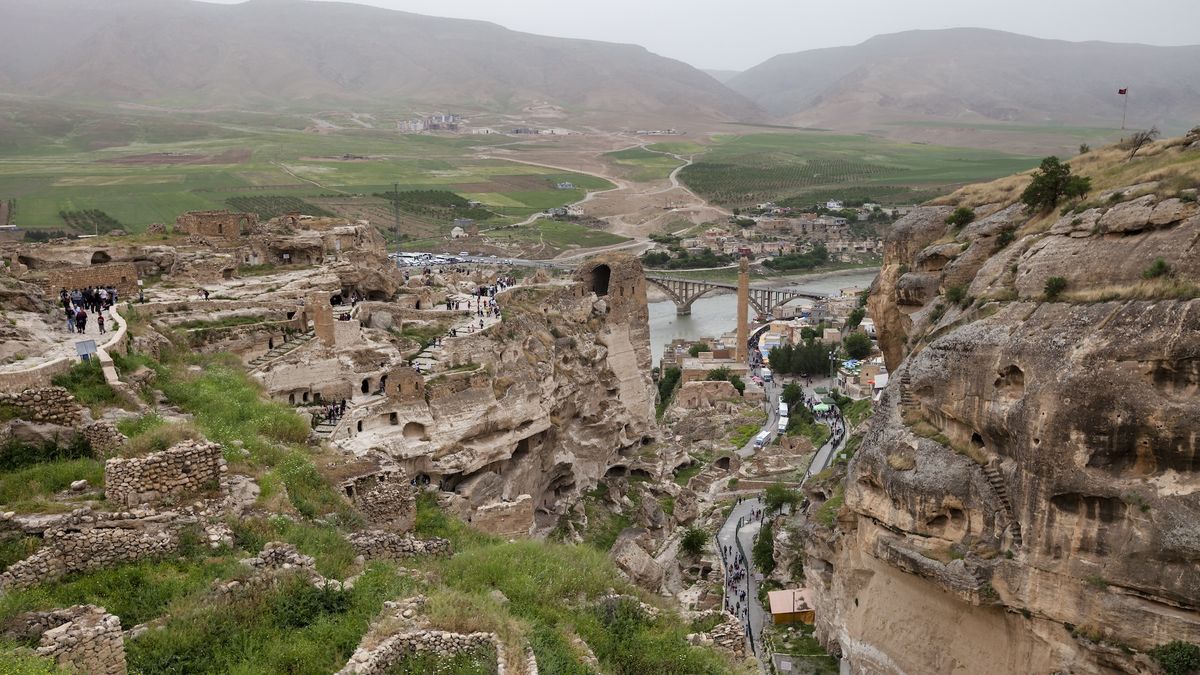Archaeologists have unearthed a fourth-century Roman military structure in southeastern Turkey, confirming historical records of the fortress’s construction during the reign of Emperor Constantius II.
The newly uncovered structure was found at Hasankeyf, one of the oldest continuously inhabited sites in the world. Over a span of 10,000 years, more than 20 cultures — including the Assyrians, Byzantines and Ottomans — built this Tigris River settlement.
When the Romans came to Hasankeyf, they built a fort to patrol their empire’s border with Persia. Although historical records mentioned the fort and archaeological excavation has been ongoing since the 1980s, the fort was not located until this summer, when it was uncovered by a team of researchers led by Zekai Erdal, an art historian at Mardin Artuklu University, according to Daily Sabah.
Erdal consulted with Roman architecture experts to identify the large, blocky stones as remnants of the “opus isodomum” wall construction technique. The Romans regularly used this method in their local public buildings, but it is not often found in the provinces of the empire.
Related: Grand tomb of Roman gladiator found in Turkey actually contains the remains of 12 other people
Little is known about this ancient fort, which at one time was called Cepha, from the Aramaic word for “rock.” In the 350s, Constantius II built a number of fortresses, including Cepha, in strategically important places along the eastern frontier of the Roman Empire to protect the local population from Persian invasions. Although the Roman emperor Jovian and the Persian king Shapur II drew up a peace treaty in 363, Cepha remained a Roman fortress and military outpost.
Archaeological excavation at Hasankeyf over the years has revealed items from a variety of time periods. These artifacts include a clay horse figurine from the Iron Age, floral frescoes from the 13th to 14th centuries, and Muslim coffins from the Ottoman period, the Daily Sabah reported.
In a 2023 excavation, Erdal and his team found an 800-year-old “healing bowl” inscribed with spells used in folk medicine. Additionally, they recovered two rings made of bone and the semiprecious stone agate, which archers in the Middle Ages likely used for finger protection.
Due to the construction of the Ilısu Dam (also called the Veysel Eroğlu Dam) on the Tigris River, which was completed in 2018, much of Hasankeyf has been flooded. Many of the ancient structures and artifacts have since been relocated to the Archeopark area to preserve them in an open-air museum. According to Erdal, however, only the lower part of ancient Hasankeyf was flooded by the dam, while the upper part — which includes the citadel and fort — remains.
